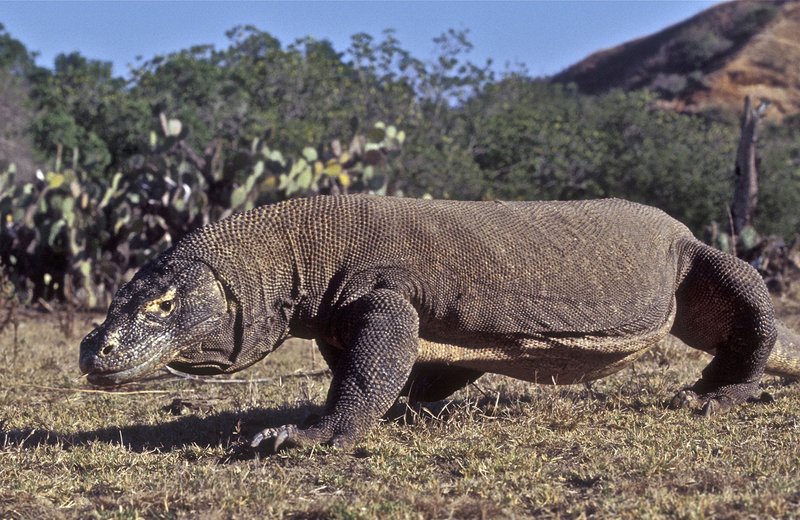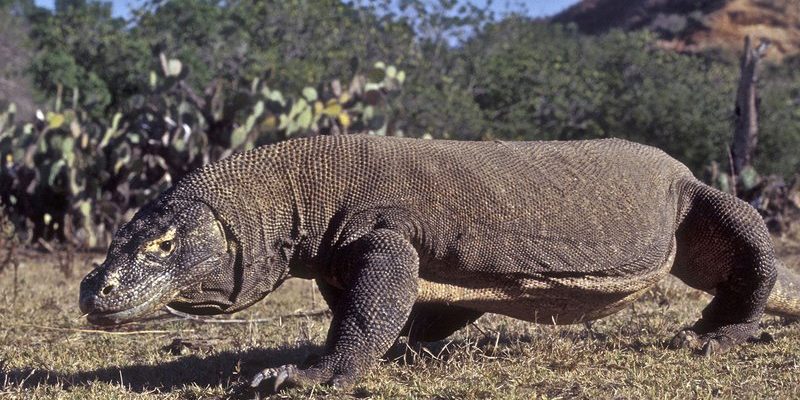
You might be wondering what makes monitor lizards so special and where you can find them. Let’s unravel the mystery behind these incredible reptiles and explore their diverse habitats.
An Overview of Monitor Lizards
Monitor lizards belong to the family Varanidae, which includes about 80 species. They’re often characterized by their elongated bodies, strong limbs, and forked tongues. Think of them as the bold explorers of the reptile world—they’re curious and resourceful, able to adapt to different environments. Some well-known species include the Komodo dragon, which is the largest, and the Chinese water monitor, famous for its impressive swimming skills.
These lizards are not only fascinating due to their size and appearance but also because of their behavior. Many are excellent hunters, using their keen sense of smell and sharp vision to track down prey. Whether they scurry through dense foliage or bask in the sun, monitor lizards show us just how versatile they can be.
The Natural Habitat of Monitor Lizards
Monitor lizards are found in a wide range of environments. Here are some of the primary habitats where you can find them:
- Tropical Rainforests: Many species thrive in the lush jungles of Southeast Asia and Africa, where the warm, humid climate provides ample food and shelter.
- Savannas and Grasslands: Some monitor lizards prefer open areas with scattered trees, like the African savanna, where they can hunt for small mammals and insects.
- Coastal Regions: Many species, such as the Asian water monitor, are found in areas close to water, taking advantage of both land and aquatic prey.
- Deserts: Surprisingly, some monitor lizards can adapt to arid conditions, finding refuge in rocky crevices and hunting during the cooler parts of the day.
Each of these habitats plays a crucial role in the survival and behavior of monitor lizards. For instance, being near water bodies helps certain species to catch fish and amphibians, which is an essential part of their diet.
Regions Home to Monitor Lizards
So, where exactly can you find monitor lizards around the globe? Here are the key regions that are their home:
1. Southeast Asia
Southeast Asia is a hotspot for monitor lizards. Countries like Thailand, Indonesia, and Malaysia are teeming with diverse species. The Asian water monitor can frequently be spotted lurking near rivers and ponds, while the Komodo dragon roams the islands of Indonesia. In these lush surroundings, you’ll see them climbing trees or basking in the sun, showcasing their adaptability.
2. Australia
Australia is home to several monitor lizard species, including the perentie, which is the largest monitor in the country. They thrive in both coastal and inland habitats, from forests to deserts. The unique Australian environment has shaped these lizards into formidable predators. Their ability to run fast and their keen hunting skills make them a fascinating sight in the wilderness.
3. Africa
Across Africa, monitor lizards are found in a variety of ecosystems. The Nile monitor is common near lakes and rivers, while species like the savanna monitor inhabit more arid regions. Their adaptability to various climates and food sources showcases their resilience and resourcefulness.
4. India and Surrounding Regions
In India, the Indian monitor can be spotted in forests and grasslands, reflecting the country’s rich biodiversity. They play an essential role in controlling insect and rodent populations. Neighboring countries like Sri Lanka and Bangladesh also host their own unique monitor lizard species.
5. The Americas
Monitor lizards are less common in the Americas, but you can find species like the Argentine black and white tegu, which is sometimes referred to as a monitor due to its similar appearance and habits. These reptiles mostly thrive in subtropical areas, where they can find ample food.
Conservation Status of Monitor Lizards
The conservation status of monitor lizards varies by species and region. Some, like the Komodo dragon, are classified as vulnerable due to habitat loss and human activities.
It’s essential to recognize the threats they face:
- Habitat Destruction: Urbanization and deforestation lead to the loss of their natural environments.
- Poaching: Some species are targeted for their skin, meat, or as exotic pets, putting pressure on their populations.
- Climate Change: Changes in temperature and weather patterns can disrupt their habitats and food sources.
Efforts to protect these remarkable reptiles include habitat conservation and awareness campaigns, which remind us all of the importance of preserving biodiversity.
Why Monitor Lizards Matter in Ecosystems
Monitor lizards play a vital role in their ecosystems. As predators, they help keep populations of small animals, insects, and even plants in check. This balance is crucial for maintaining healthy environments. Without monitor lizards, certain species might overpopulate, leading to a ripple effect that impacts the entire ecosystem.
Additionally, their presence indicates the overall health of their habitats. If monitor lizards are thriving, it often means that the ecosystem is balanced and functioning well.
Final Thoughts on the Fascination with Monitor Lizards
Monitor lizards may not be the first animals that come to mind when you think of wildlife, but they’re intriguing creatures with a lot to offer. From their diverse habitats around the world to their roles in the ecosystem, they’re a testament to nature’s adaptability and beauty.
So, the next time you stumble upon a picture or a documentary about monitor lizards, remember these fascinating facts. They aren’t just reptiles; they’re essential players in the global environment, showcasing the wonders of biodiversity. Keep exploring, and who knows what else you might discover about these incredible lizards and the habitats they call home!

